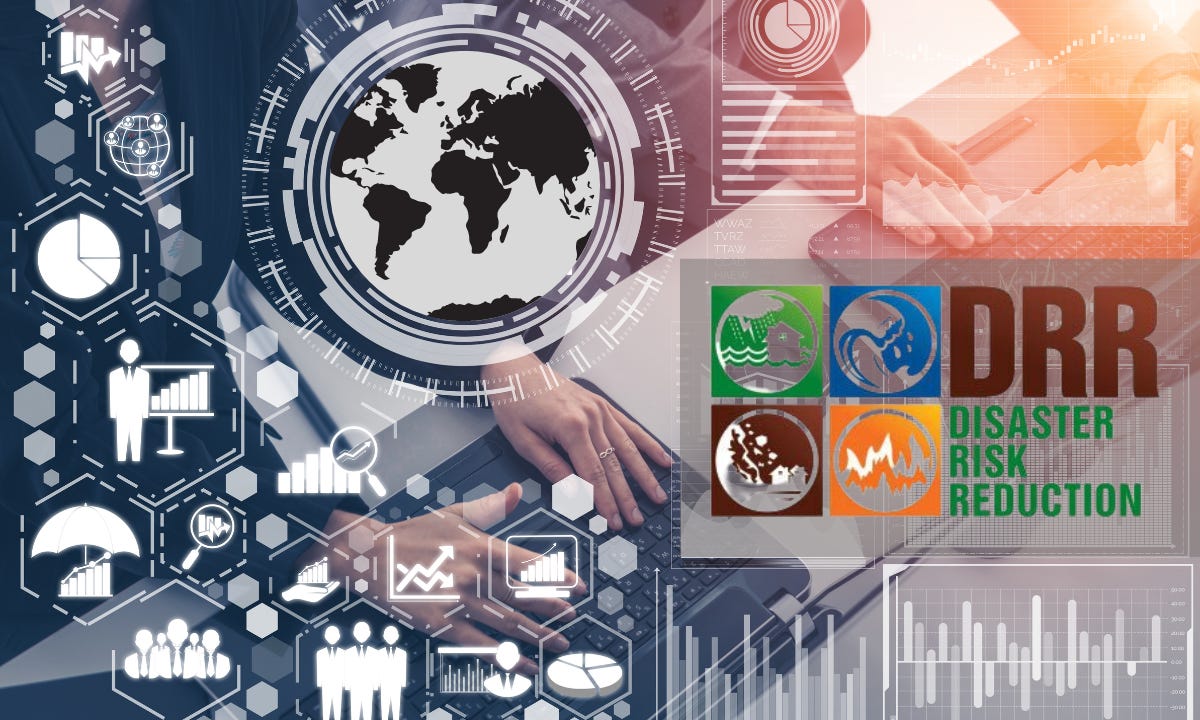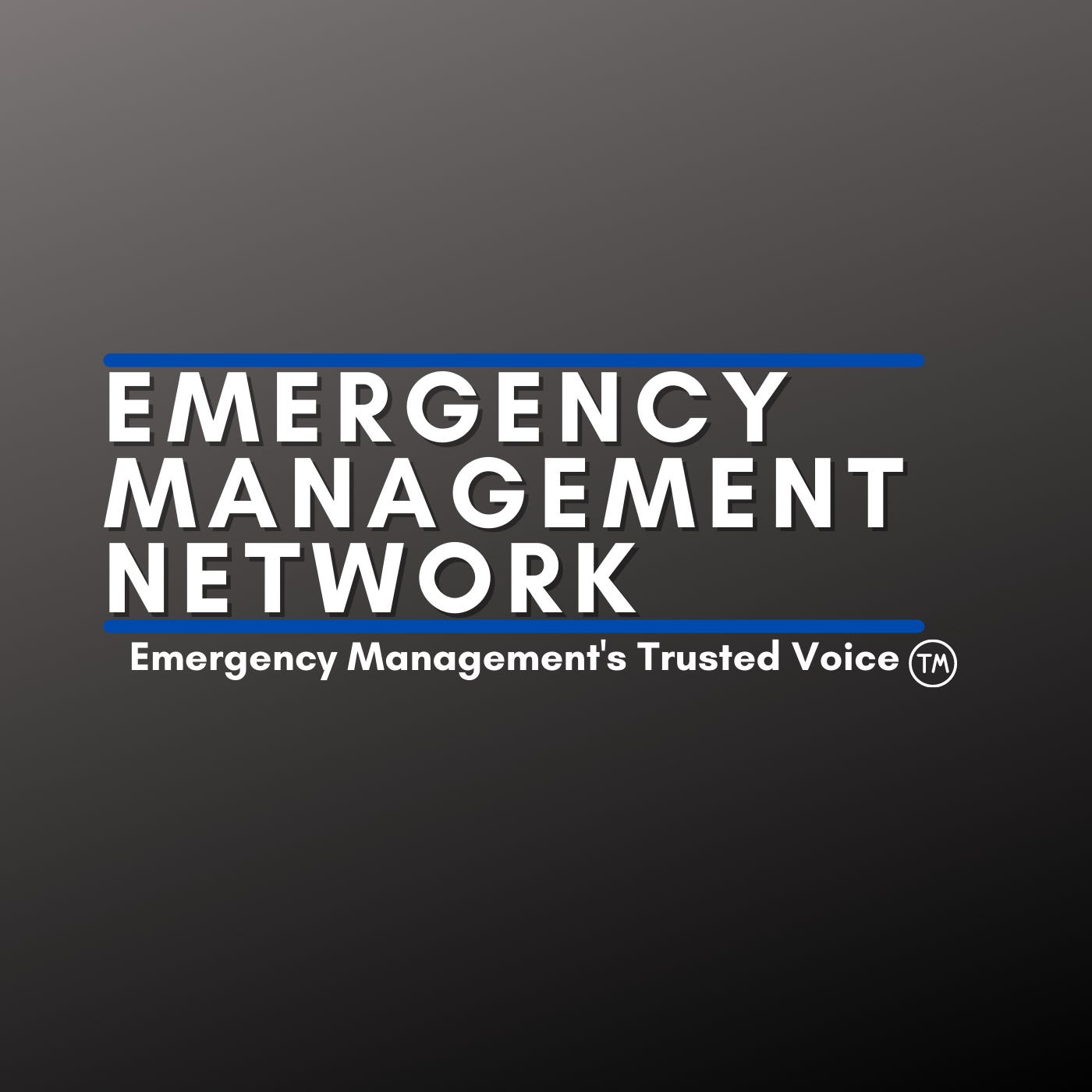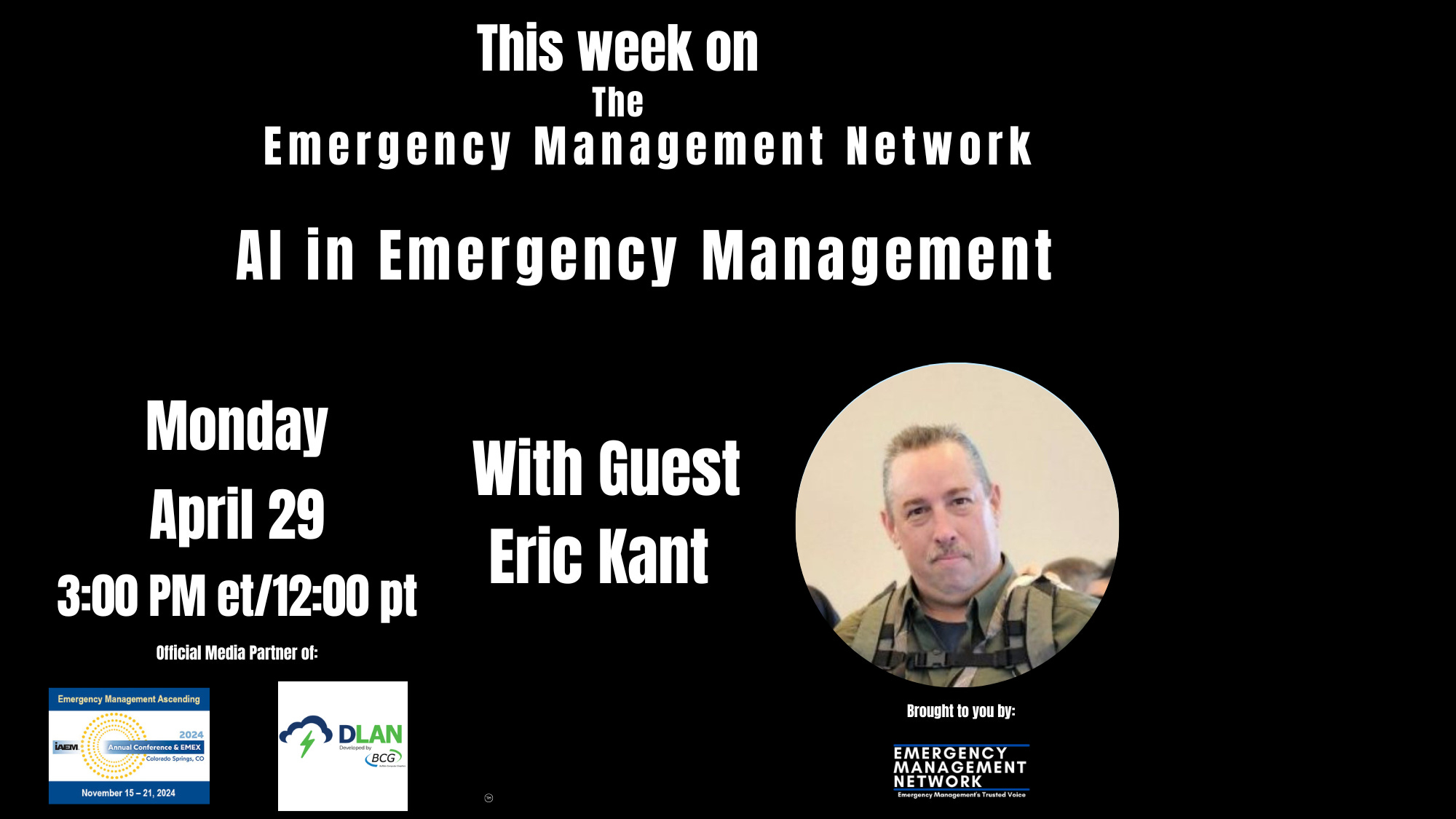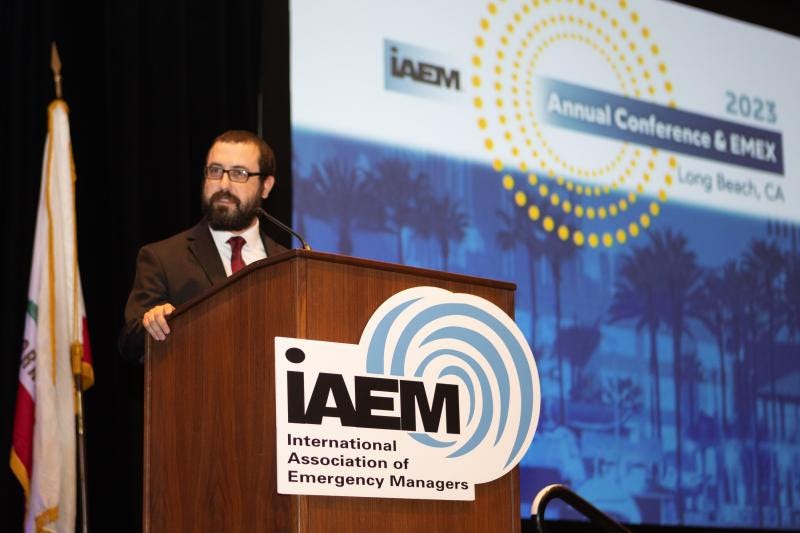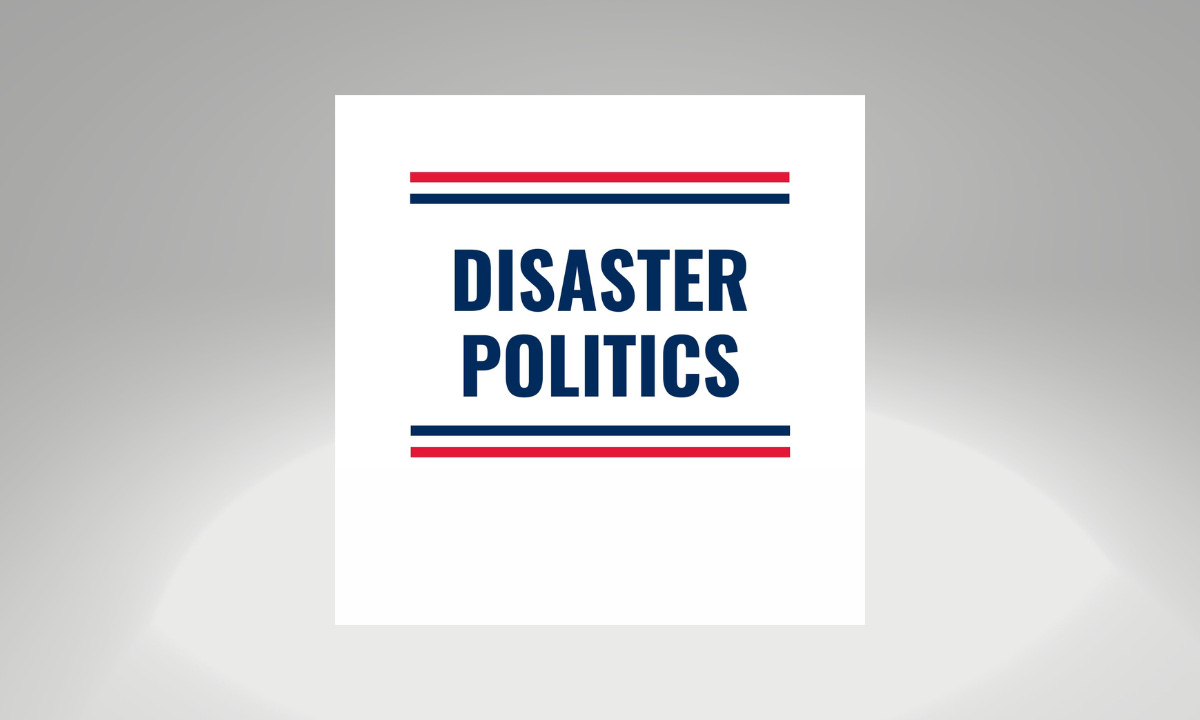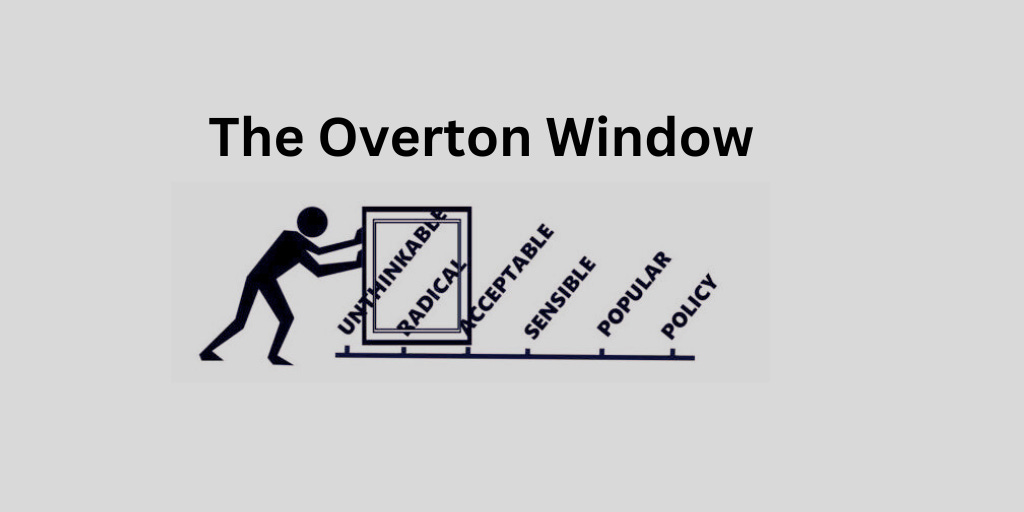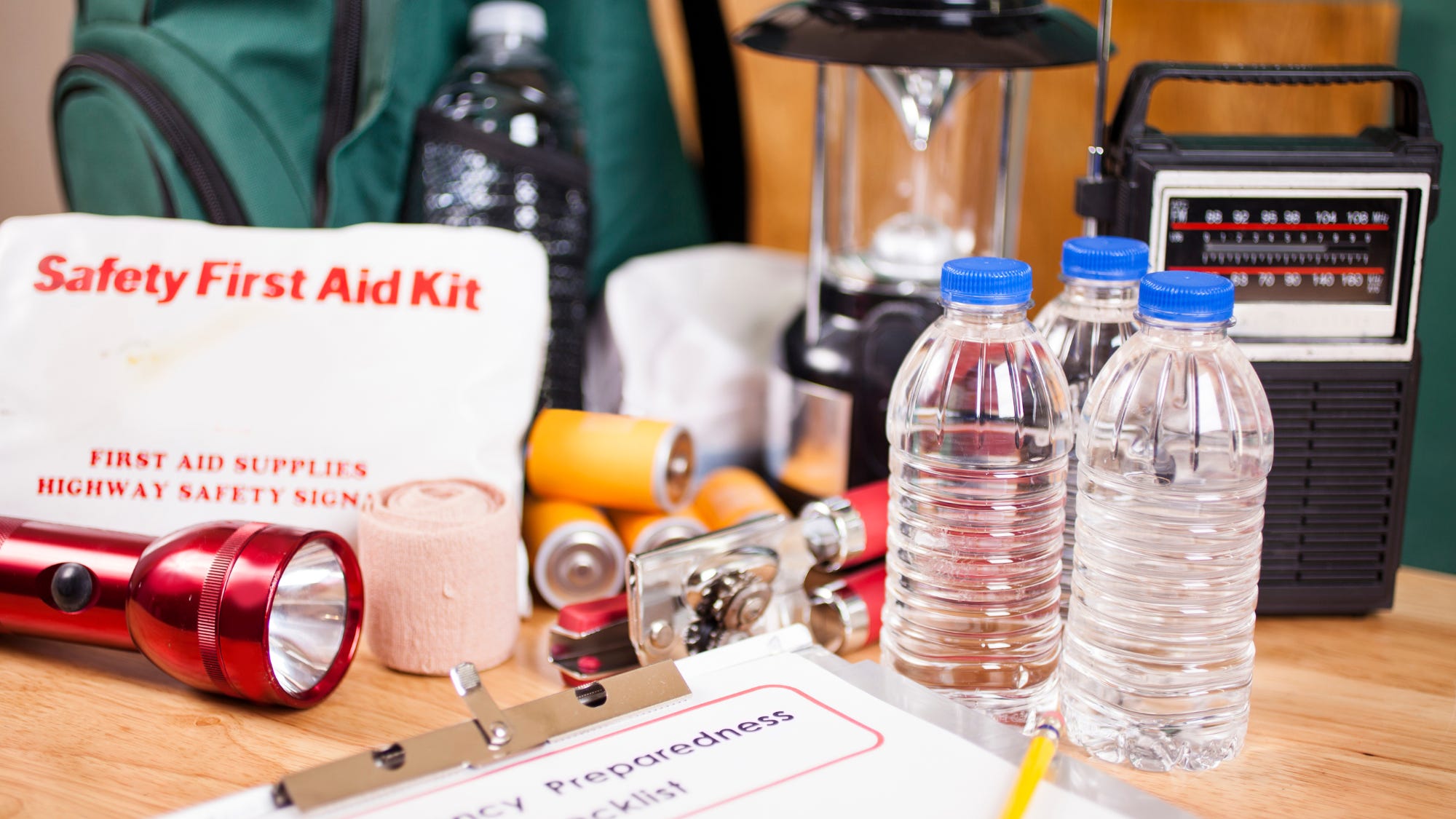Integrating Disaster Risk Reduction into Emergency Management:
Description
Over the last five years, the U.S. has consistently faced an average of 18 severe disasters annually, each causing damages upwards of a billion dollars. The pattern persisted in 2022, with 18 such incidents inflicting $175.2 billion in damages and resulting in 474 deaths.
On a global scale, the EM-DAT Emergency Event Database recorded 387 instances of natural disasters in 2022. These events led to 30,704 lives lost and affected 185 million individuals, with total economic damages reaching an estimated $223.8 billion.
In this challenging landscape, it is crucial for emergency management approaches to be both agile and anticipatory. It is time to seamlessly integrate Disaster Risk Reduction (DRR) principles into existing emergency management strategies.
The conventional emergency management model has been primarily reactive for many years, emphasizing response and recovery post-disaster. While these aspects remain essential, there is a growing recognition that we must reevaluate how emergency management is performed. A response-centric model overlooks opportunities to lessen disaster impact through proactive planning, perpetuating a cycle of vulnerability and insufficient preparedness.
Disaster Risk Reduction is a systematic approach to identifying, assessing, and reducing disaster risks, which calls for a shift in emphasis. DRR insists that we look beyond the immediate aftermath of disasters and focus on mitigating potential risks, improving resilience, and implementing sustainable development strategies. This is not a call to abandon our traditional approaches but to evolve them to fit a more complete and nuanced understanding of what effective disaster management should entail.
To substantiate this claim, let me bring to your attention the rising frequency and intensity of natural and anthropogenic disasters. Climate change has exacerbated the severity of weather-related events such as hurricanes, floods, and wildfires. The increasing interconnectedness of our world has also heightened vulnerabilities to technological and biological threats. These evolving risks necessitate an evolving approach.
By embracing DRR principles, emergency management can advance in several key areas:
1. Risk Identification and Assessment: Accurate data and scientific methods can identify vulnerabilities and predict possible disaster scenarios. This foresight provides the basis for targeted action to minimize risks.
2. Community Engagement: DRR strongly emphasizes involving local communities in disaster preparedness plans. This participatory approach ensures that policies are culturally sensitive and appropriately address the unique risks faced by specific populations.
3. Resource Allocation: Pre-disaster planning allows for a more efficient allocation of resources, ensuring that first responders and communities have the necessary tools and training before disaster strikes.
4. Sustainability: DRR recognizes the importance of sustainable land-use planning and environmental management as a means to mitigate the impact of disasters over the long term.
5. Policy Integration: The multi-disciplinary nature of DRR means that it can be integrated into broader policies such as urban planning, climate change adaptation, and public health strategies, thereby magnifying its effectiveness.
To overlook the incorporation of Disaster Risk Reduction principles into emergency management is not merely an academic oversight; it is a tangible failure to protect communities and safeguard futures. And so, I urge all stakeholders—policymakers, academics, practitioners, and the general public—to reconsider our existing paradigms in light of the compelling arguments for Disaster Risk Reduction. Only through this integrated approach can we hope to build a resilient and secure global society equipped to respond to disasters and mitigate their impact fundamentally.
I will take this time to delve deeper into the five areas I have identified.
The first key area where Disaster Risk Reduction (DRR) significantly contributes to enhancing emergency management is risk Identification and Assessment.
Understanding the Scope of Risks
It is crucial to understand that risks are not merely singular events waiting to happen; they are a composite of hazard, exposure, and vulnerability. Accurate risk identification goes beyond the rudimentary listing of potential disasters; it requires a nuanced, multi-layered understanding of various interdependent factors. This includes geographical factors, socio-economic conditions, infrastructure resilience, and political stability. For instance, understanding the risks associated with a seismic hazard involves geological knowledge and an assessment of building structures, population density, and emergency response capacity.
Scientific Methodologies
The advent of sophisticated tools and methodologies has significantly aided the risk assessment process. Geographic Information Systems (GIS), for example, allow for spatial analysis of risk factors, while probabilistic risk assessment models can predict the likelihood of different disaster scenarios. This scientific approach offers quantifiable metrics that guide decision-making processes. It is not enough to know that a risk exists; DRR insists we understand the extent and nuances of this risk, something only possible through robust scientific methodologies.
Data-Driven Decisions
Using data analytics in DRR aids in making informed decisions rather than relying on intuitive or anecdotal evidence. By utilizing accurate and real-time data, emergency management can allocate resources more effectively, prioritize interventions, and even anticipate disasters before they happen. This data-driven decision-making significantly reduces the uncertainties and inefficiencies traditionally associated with emergency response measures.
Vulnerability Mapping
DRR encourages the mapping of vulnerabilities alongside hazards. This practice ensures that emergency management policies consider the 'where' and 'what' of a potential disaster and the 'who'—which communities are most vulnerable and their specific needs. This results in more targeted and equitable emergency preparedness measures.
Dynamic Risk Assessment
It is essential to understand that risk landscapes are not static; they are continually evolving due to factors like urbanization, climate change, and technological advancements. Thus, risk assessment must be an ongoing, dynamic process regularly updated to account for these changes. This proactive approach minimizes the chance of being caught off guard by unforeseen risk variables, enhancing the effectiveness of subsequent emergency management efforts.
By investing in rigorous Risk Identification and Assessment, emergency management agencies can prepare more effectively for disasters and reduce the scale of potential damage. When integrated systematically into the broader framework of emergency management, the principles of Disaster Risk Reduction create a proactive, predictive, and data-driven model that starkly contrasts with the limitations of a solely reactive system.
Risk Identification and Assessment are pillars that uphold the broader structure of comprehensive emergency management. The blend of scientific rigor, community input, and constant evolution that DRR offers ensures foundational stability that is indispensable in navigating an increasingly uncertain and perilous global landscape.
Let's examine the second key area where Disaster Risk Reduction (DRR) optimizes the efficacy of emergency management: Community Engagement.
The Importance of Local Knowledge
Conventional approaches to emergency management have often been top-down, sometimes rendering the local communities passive assistance recipients. DRR, on the other hand, recognizes the invaluable resource that local knowledge constitutes. Community residents are often the first to observe emerging risks and are keenly aware of local vulnerabilities. Their first-hand insights are crucial supplements to scientific data, providing a nuanced, grounded understanding of risk factors that might be overlooked.
Participatory Approach
DRR emphasizes the importance of a participatory approach to risk assessment and mitigation. By involving local communities in every disaster management cycle phase—from preparedness and response to recovery—DRR ensures that policies and measures are both culturally sensitive and contextually relevant. This democratization of emergency management leads to better community buy-in and a shared sense of responsibility, significantly enhancing any intervention's effectiveness.
Equity and Social Justice
Community engagement isn't just a logistical advantage; it’s an ethical imperative. DRR's emphasis on participation inherently considers marginalized groups' unique vulnerabilities, such as the elderly, the differently-abled, and low-income families. By providing these groups a seat at the table, DRR aids in establishing social equity in disaster risk reduction strategies, ensuring that aid and resources are distributed to address inherent social disparities.
Tailoring Communication and Education
Community engagement allows for the tailoring of risk communication and educational programs. By understanding the socio-cultural fabric of a community, emergency management can develop public awareness campaigns that speak the community's language, literally and metaphorically. This customized communication significantl

